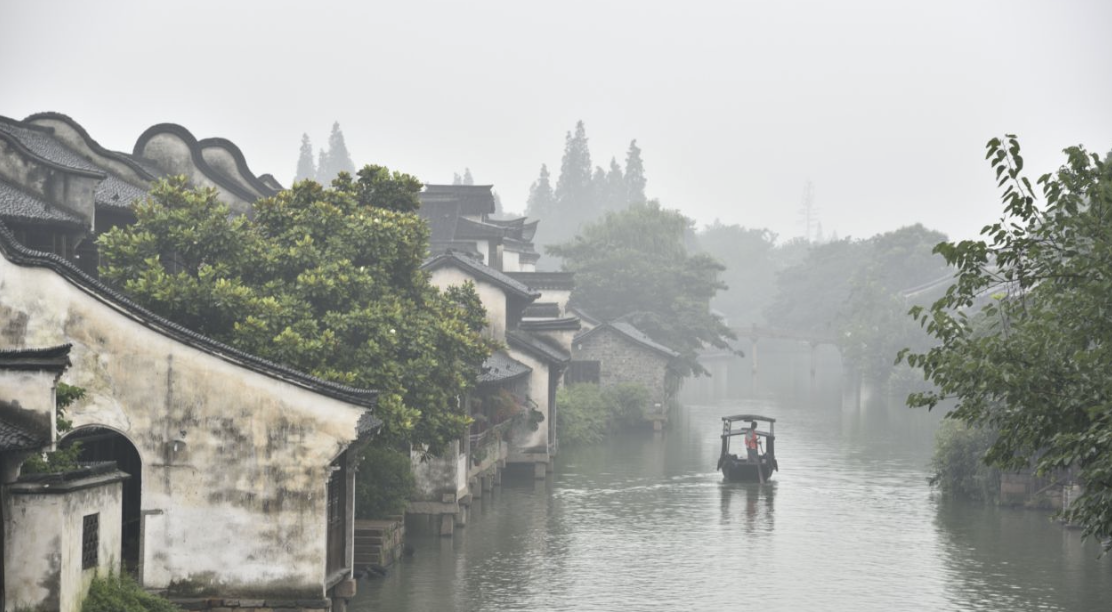The Army Corps of Engineers work works with communities, including local, state, federal, and tribal organizations to plan and study and build projects that address water resources challenges while preparing for climate change. We are growing our team and looking to hire a coastal engineer to join our Water Resources group. This is a great opportunity and an exciting time at the District for a recent Grad-school grad or other mid-level professional with experience and/or interest in coastal modeling, geomorphology, hydrology, flooding, erosion, and/or etc.
Our team is expanding its efforts to implement more just, equitable, and nature-based solutions and we hope you can help us bring that change.
Learn more and apply here: https://www.usajobs.gov/GetJob/ViewDetails/760807600,. LET US KNOW IF YOU APPLY so we hopefully help you get through the USA Jobs gauntlet (it’s a doozy).
Please address questions to Janice Lera-Chan ([email protected], 415 509-6738) and read more below for details on the position.
The San Francisco District provides exciting opportunities to work on projects in both the unique open coast environment of Central and Northern California and the estuarine environment of San Francisco Bay.
This teammate will perform professional engineering work to develop one or more of the major features of a coastal engineering or related project. Projects include, but are not limited to coastal restoration, breakwaters, jetties, navigation channels, revetments, beneficial reuse of dredged materials, and beach-nourishment.
Duties include:
- Conduct special studies and applies specialized knowledge in wave mechanics, coastal process, coastal engineering and a generalized knowledge of civil engineering.
- Works with a lead engineer or team leader on advanced assignments or independently develops plans for major features assigned, considering impacts to coastal processes, environmental constraints, and commitments.
- Develops feasible alternate designs, including plans and comparative cost estimates.
- Estimate construction quantities and costs, maintenance requirements and maintenance costs and alternate plans.
- Prepares hydrodynamic evaluations of waves, tides and coastal flooding, littoral processes, sea-level change, and their effects on project alternatives.
- Performs public and professional presentations on coastal engineering work/advances being performed/made by the Corps of Engineers.
- Coordinating/monitoring planning and design work on very large and complex projects.
- Projects and studies include harbor projects, coastal processes assessments, environmental remediation projects, navigation projects, beach erosion control and storm-damage reduction projects.
- The position is also responsible for managing and generating technical reports and papers on special monitoring projects that are being conducted within the district. Additionally, the position may require assisting in the collection of bathymetric/topographic, wave, current, and water quality data.
- Develop, validate, and maintain hydrodynamic and wave models for the San Francisco Bay and other AOIs.
- Conduct annual walk-over and vessel inspections of 15 coastal structures located between Monterey, CA and Crescent City, CA.
